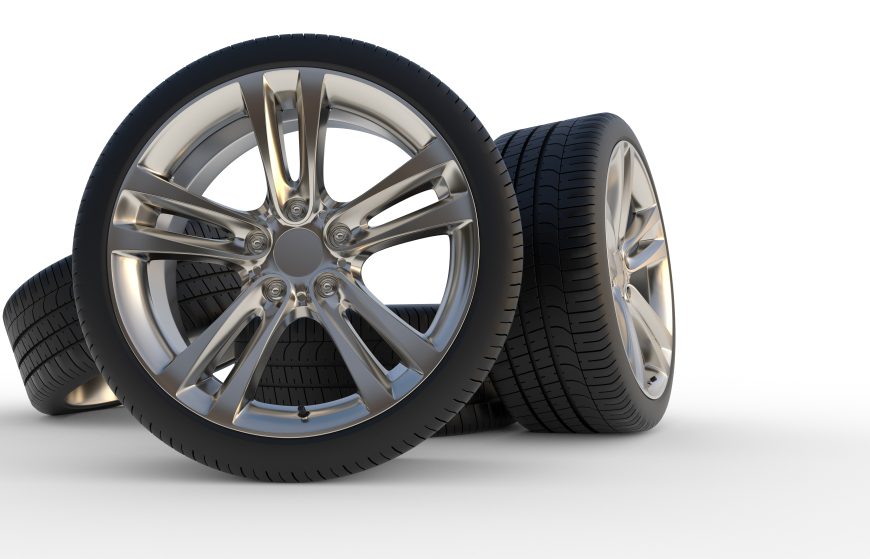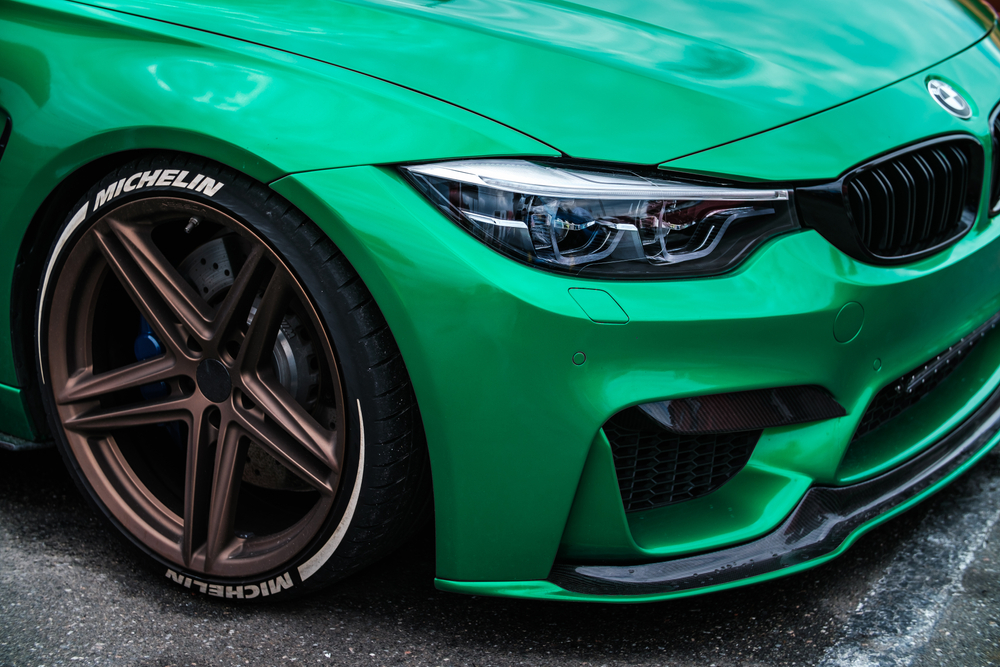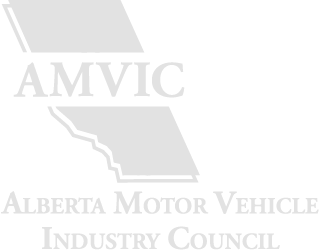- July 21, 2021
- By Park Muffler
- In Blog, Tires
The Difference Between Low-Profile Tires and Regular Tires

Back in the late 60’s, the first high-performance low-profile tire was created and became a quick favourite of luxury car enthusiasts, particularly BMW and Porsche owners. Nowadays, these tires have crossed over from the world of auto sports into the mainstream market. From Honda Accords to Audis, low-profile tires have become a popular choice among everyday drivers who want both style and performance.
Not all tires are created equal and this is no exception for the low-profile tire. If you are considering having these tires installed on your vehicle, it’s important to understand the difference between low-profile tires and regular tires.
Have you been considering getting low-profile tires for your car? Keep reading to learn what makes them unique and the pros and cons of installing them on your vehicle.
Low-Profile Tires vs Regular Tires
Every tire features a code on the sidewall that displays the tire’s aspect ratio; the ratio of the tire’s width to its height. Low-profile tires have a smaller aspect ratio and shorter sidewall, while regular tires have a higher aspect ratio and taller sidewall.
For example, if you look at the sidewall of your tires you might see numbers like P215/65 R15. The “R” number refers to your rim size, the “P” indicates that your vehicle is a passenger vehicle, and the number following it is the tire section width. The number following the slash, in this case, the number 65, shows that the height of the tire is 65% of the width. If a tire has a 50 aspect ratio of less, it is usually considered to be a low-profile tire. The shorter sidewall and larger wheel diameter give the tires a noticeably sportier, more aggressive look.
Apart from having a sportier look, low-profile tires offer distinct advantages and disadvantages.
The Advantages of Low-Profile Tires
From a driving point of view, low-profile tires improve the handling of your vehicle while driving at higher speeds. Their increased width means that they can better grip the pavement and respond to cornering. Low-profile tires also tend to have bigger rims meaning that your vehicle can accommodate bigger brakes, allowing you to stop more quickly.
Here are a few other advantages to using low-profile tires:
- Improved Handling: The stiffer sidewalls of a low-profile tire combined with the tires’ larger contact area leads to increased grip and better wheel response
- Increased Fuel Efficiency: These stiff sidewalls, combined with simple tread patterns, results in low-profile tires having lower rolling resistance which creates better fuel economy
- Better Braking: Larger rims are needed to compensate for the less space low-profile tires take, which means that larger braking hardware can be installed. This gives you more stopping power
- Appearance: Overall, low-profile tires look fantastic! However, their aesthetic appeal depends entirely on your personal preferences and the style of your vehicle
The Disadvantages of Low-Profile Tires
Some cars are designed to run on low-profile tires and others are not.If your vehicle isn’t built for them, you may experience a rougher ride and increased wear on suspension components.
Low-profile tires can often lead to a rougher ride where you feel every irregularity and bump on the surface of the road. Both the sidewalls and rims are more likely to become damaged due to road conditions.
In addition, they generally perform poorly in snowy or icy conditions, making them less ideal for Canadian winters.
Here are a few other disadvantages to running low-profile tires:
- Bumpier Ride: Low-profile tires put less space between your vehicle and the road, so your suspension system is left responsible for absorbing the shock. However, you can configure your suspension system for low-profile tires and eliminate the roughness, noise, and potential damage
- Wheel Damage: Low-profile tires offer much less cushion between your wheels and your rims as well as the road. Hitting a pothole with regular tires can be uncomfortable but hitting them a low-profile tire can cause significant damage from a bent rim to a punctured tire
- Deflation: While low-profile tires don’t necessarily go flat more often than regular tires, they are known to deflate more quickly if you do have a flat tire. They require less air so there’s less air to lose if the tire becomes punctured.
- Poor Grip on Irregular Surfaces: Low-profile tires are not designed to perform on irregular surfaces due to their simple treads. Gravel roads, snow, and ice can all be problematic
Should I Put Low-Profile Tires On My Vehicle?
Now that you know the advantages and disadvantages of low-profile tires, as well as how they differ from regular tires, you’re probably still wondering if you should have them installed on your vehicle.
From a practical viewpoint, low-profile tires are not an ideal choice for most drivers. For commuters and city vehicles that face rough roads, potholes, or winter weather, standard all-season tires are often the smarter choice.
However, if you own or are looking to own a leisure vehicle for Sunday road trips or a twisting adventure through the nearest mountain range, low-profile tires are perfect for maximizing your driving experience!
Before installing, consider where you’ll be driving and the road conditions in your area. If the roads are smooth and your vehicle can accommodate them safely, go ahead and make the upgrade!
How Low Can You Go?
Tires have a huge impact on how your vehicle drives, including traction, handling, fuel economy, and safety.
Park Muffler is dedicated to helping you get the most of your vehicle – especially when it comes to tires. Our team can help with their many years of experience in all aspects of tire care.
If you’re still curious about whether or not your vehicle could benefit from low-profile tires, don’t hesitate to contact us today! Our expert team of technicians can help guide you through ensuring that your car operates at peak performance while having the look you’ve been dreaming of. Let’s chat!
–
Updated: November 2025 | By Park Muffler
Proudly Canadian owned and operated
© Park Muffler - All Rights Reserved.


